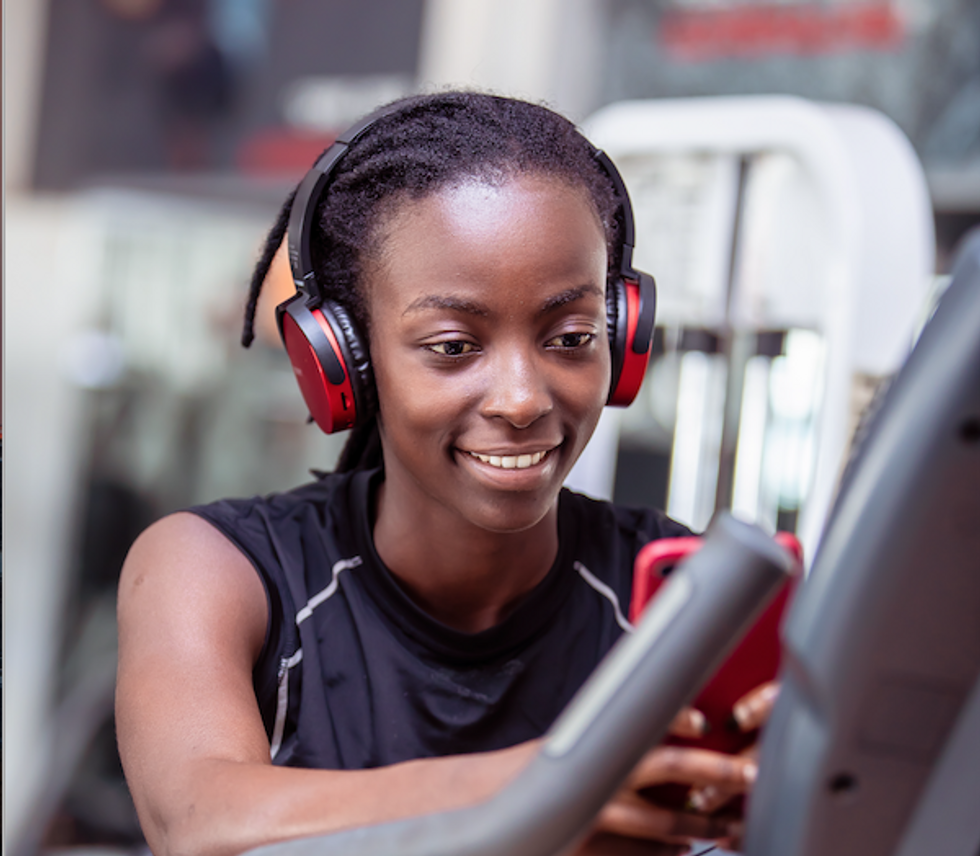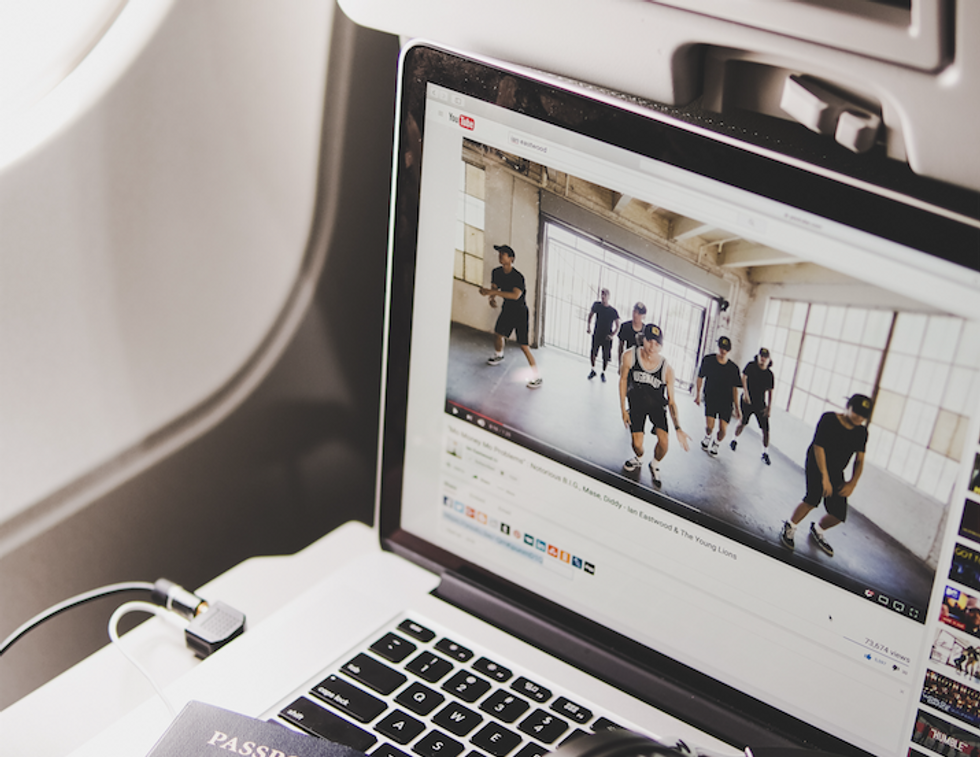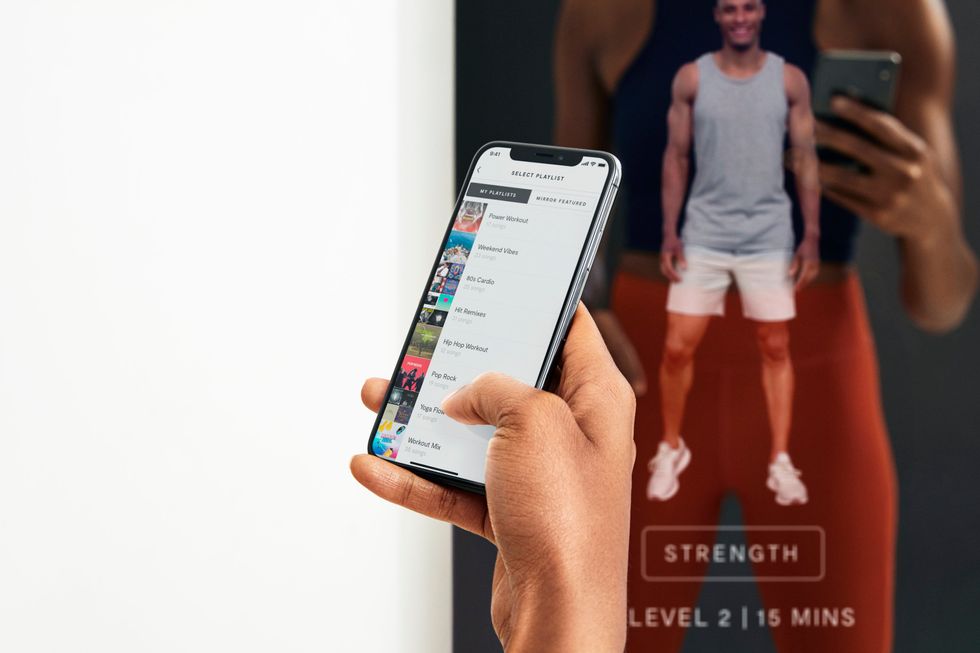What Are the Best Digital Workout Options for Dancers?
Today, you no longer have to head to a gym or a fitness studio to get a heart-pumping workout. (Or rely on rewinding old VHS tapes of Jane Fonda.) Online workouts have never been easier for dancers to fit into their lives, whether you’re on tour or want to squeeze in a warm-up at home before class. But with a seemingly endless scroll of options, which are best?

Virtual Personal Training
The good:
A virtual personal trainer—someone who can be there for you without physically being there with you—can help address your specific needs, regardless of where you are located. You can work together via Skype, FaceTime or customized platforms like TrainingPeaks. In most cases, a virtual trainer is a cost-effective option for personalized attention: possibly $100 a month online versus $100 an hour for an in-person session.
The risky: “Hands-on correction is part of the learning process, and that’s not something you can get in a virtual training session,” says Brynn Putnam, a former New York City Ballet dancer who founded Mirror and Refine Method.

Live Online Classes
The good:
A group fitness class, even a live-streamed one, lets you be part of a larger fitness community. Peloton’s popular spin classes, for example, live-stream from Peloton’s flagship, so while riders are in the studio, you can watch and ride along from the screen on your at-home bike. Other programs, like Putnam’s newly launched Mirror, are even more integrative: The instructor can actually see all the students and offer personalized feedback.
Initial equipment investments can be steep (a Peloton bike costs about $2,000), but the classes themselves are relatively economical. For example, ClassPass offers unlimited online classes for $15 a month, compared to $160 a month for 13 in-person classes.
The risky:
Most classes are geared toward the average population—and dancers are not average exercisers. “You may find that things that are taught are either not relevant, or they’re potentially a bad fit,” says Putnam. For example, barre classes might overwork the same muscles dancers already use daily. If you’re unsure, check in with your dance teacher or a physical therapist to discuss which classes are best for you, and which movements to avoid or adjust.

Fitness Apps
The good:
With an app on your phone, you can easily work out backstage or on the road, says Putnam. You can find everything from quick stretches to full-body workouts. A class, subscription or membership can cost as little as 99 cents—or nothing at all.
The risky:
Trying to follow instructions on a tiny phone screen can feel clunky, says Putnam. But once you get used to the exercises that a particular workout calls for, you’ll rely less on the screen.

No Matter What You Choose, Keep in Mind:
At first glance, the convenience of online cross-training seems pretty unbeatable: You can fit your workout in wherever, whenever. “Consider the access,” says Will Zinser, athletic trainer at NYU Langone Health’s Harkness Center for Dance Injuries. “If you don’t live somewhere like New York City, but you’ve always wanted to try a Gyrotonic class, you can find it online when you can’t find it nearby.”
The downsides? “What makes cross-training great is that you’re doing things outside your area of expertise,” says Putnam. “That helps prevent injury and improve performance, but it also means you’re doing things you’re less familiar with and less conditioned to do.” You have to be careful when adding intensity, frequency or duration to these activities without an expert’s eye.
And while dancers tend to pride themselves on being perfectionists, that drive can be a drawback. “It’s common to end up overdoing it,” says Zinser. “You need to be careful not to overuse certain parts of the body.”



